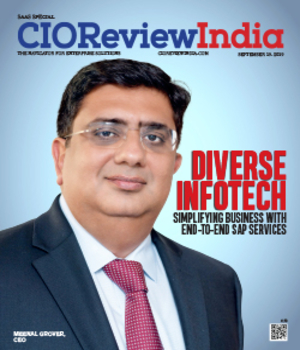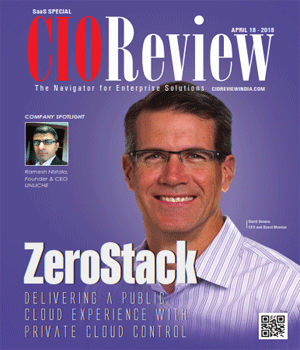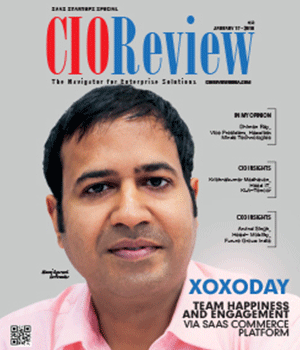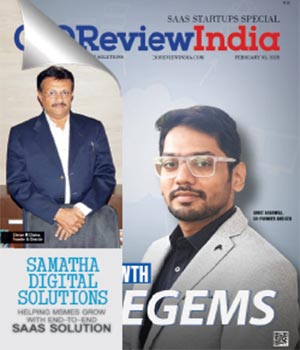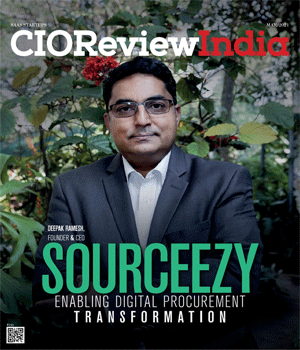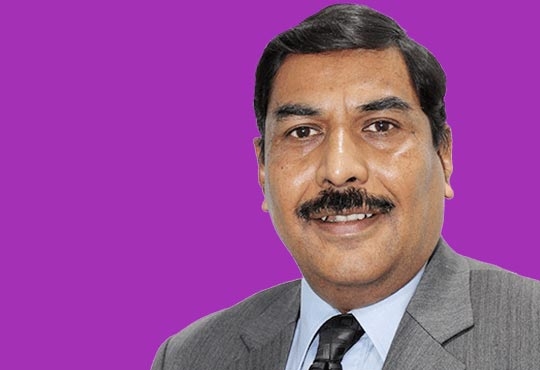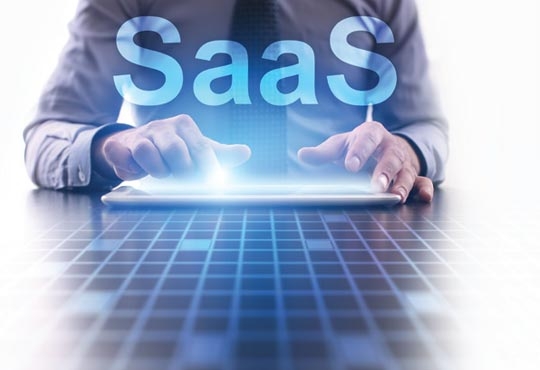
Customer Centricity By Design: Engineering The Next-Generation Back Office
Scott Alcott, CIO, Comcast Cable | Monday, 23 September 2019, 05:13 IST
 The best back office technology is invisible to customers,- but getting your back office system to deliver that kind of seamless functionality requires a CIO to take a closer look at core architectural decisions. Creating an elegant customer experience starts with placing the customer at the center of your design and development processes.
The best back office technology is invisible to customers,- but getting your back office system to deliver that kind of seamless functionality requires a CIO to take a closer look at core architectural decisions. Creating an elegant customer experience starts with placing the customer at the center of your design and development processes.
Back office systems are sticky. Built and evolved over years, if not decades, and home to essential functions and data, enterprises often find it easier to iterate and bolt onto existing systems than to tear things down and start afresh.
This process of iteration can accomplish quite a lot. We have dramatically streamlined and redesigned the user experience for our care professionals, providing clearer, more actionable data in a simpler more intuitive format. We’ve seen and measured how our efforts have led to better, faster resolution of issues and a better customer experience.
We’ve also invested in an enterprise-wide resiliency program that has already reduced IT incidents by 55 percent and led to an 80 percent reduction in time-to-repair. As we continue to expand that program to more systems, we see measurable improvements in performance and reliability.
“The best system in the world won't perform properly without the right data to support it”
Those are important steps, and ones that work within the context of a traditional back office environment, but to achieve the full performance and functionality, we need to serve our customers. We knew we had to go a step further. Today, we are engaged in an enterprise-wide effort to re-architect our back office from the ground up, and that process began with a laser focus on the back office’s most important stakeholder: the customer.
Evolving from Address-based Systems in a Mobile World
Our world has changed. Twenty years ago, it made sense to think of the home as the center of our customers’ lives, and the focal point for our service delivery and IT systems.
In the world of telecommunications, Operations Support Systems (OSS) and Business Support Systems (BSS) have traditionally been centered on homes, rather than individuals. Built during a time when a household would have a single cable or phone service that customers used exclusively in the home, the address-based structure was logical and effective.
But as technology has evolved, we’ve begun to see the limitations of that design approach. Today—in any given home in our network— different household members are likely to be enjoying a range of distinct experiences.
In a single household, four or five people can easily interact with our services over four or five different screens, and they can have those experiences virtually anywhere if there’s an Internet connection. Each of those customers may be making transactions that require back office touches-whether that’s a video-on-demand purchase, or a TV Everywhere stream-and many of those transactions may be taking place outside the home.
Customers are using our products everywhere, taking them on the go, moving to new addresses, extending them to kids heading off to college and second properties, creating a world in which the center of our constellation of products and services is no longer an address, but a highly mobile customer.
That’s the customer we’re building our next-generation back office around, and we believe that this will help to future proof our billing and account management systems against the continuing breakneck pace of technological innovation being driven both within our company and in the broader global technological community.
Another critical advantage of this evolutionary process, beyond supporting an increasingly mobile, digital customer, is the enhanced ability to detect problems early and fix them proactively, sometimes before a customer even knows its happening. As we evolve our back office to be more customer-centric, we are able to flag when a customer may be having issues, and address them before we ever receive a service call.
The work we’ve done already in the back-office has also helped to support next generation tools like our My Account App, which allows customers to self-serve a wide range of traditional back office functions directly from their phone or tablet, and our Tech ETA feature, which lets customers see where their service technician is on a digital map, along with an estimated time of arrival.
As we continue our back office journey, we can support more of these sorts of experiences, which customers rightly expect in an all-digital, on-demand world.
New Software, New Operational Models
Engineering customer centricity into the back office function is a multi-stage process that involves a lot more than writing new software.
At Comcast we’ve been working to pave the way for the back office evolution for years. The good news from a CIO perspective is that those preparatory steps themselves create significant improvements, and deliver improved performance that customers feel, even if they aren’t consciously aware of what’s changed.
The first step in our process was to conduct a thorough audit of our existing data sets, to clear out duplication, outdated information, and any other anomalies that would limit the effectiveness of modernization. The best system in the world won’t perform properly without the right data to support it. One of the great immediate benefits of this step is that it also improves the function of legacy systems.
The next phase of our back office evolution is underway now. Our approach is twofold: create new software, building from the ground up-parallel to legacy infrastructure, rather than on-top of it-and develop new operational models that maximize the functionality of new customer-centric systems. If our technology evolves but our people do not, we know we won’t achieve results.
CIO Viewpoint
2020 To Be A Trendsetting Year For The SaaS...
By Abhilash Garg, VP IT (SaaS), DMI Financial Private Limited
Baseline It Transformation In Digital Era
By Shibin Chulliparambil, Head of IT, Mafatlal Industries Limited
Scenarios And Challenges In Personal Data...
By Ajay Kumar, Group Head IT, Polyplex
CXO Insights
The Rise Of Developer-LED Innovation And...
By Subrato Bandhu, Regional Vice President, OutSystems
Four Questions To Answer Before Considering A...
By Shrikant Navelkar, Director, Clover Infotech
3 Focus Areas For An Autonomous Driving Revolution



